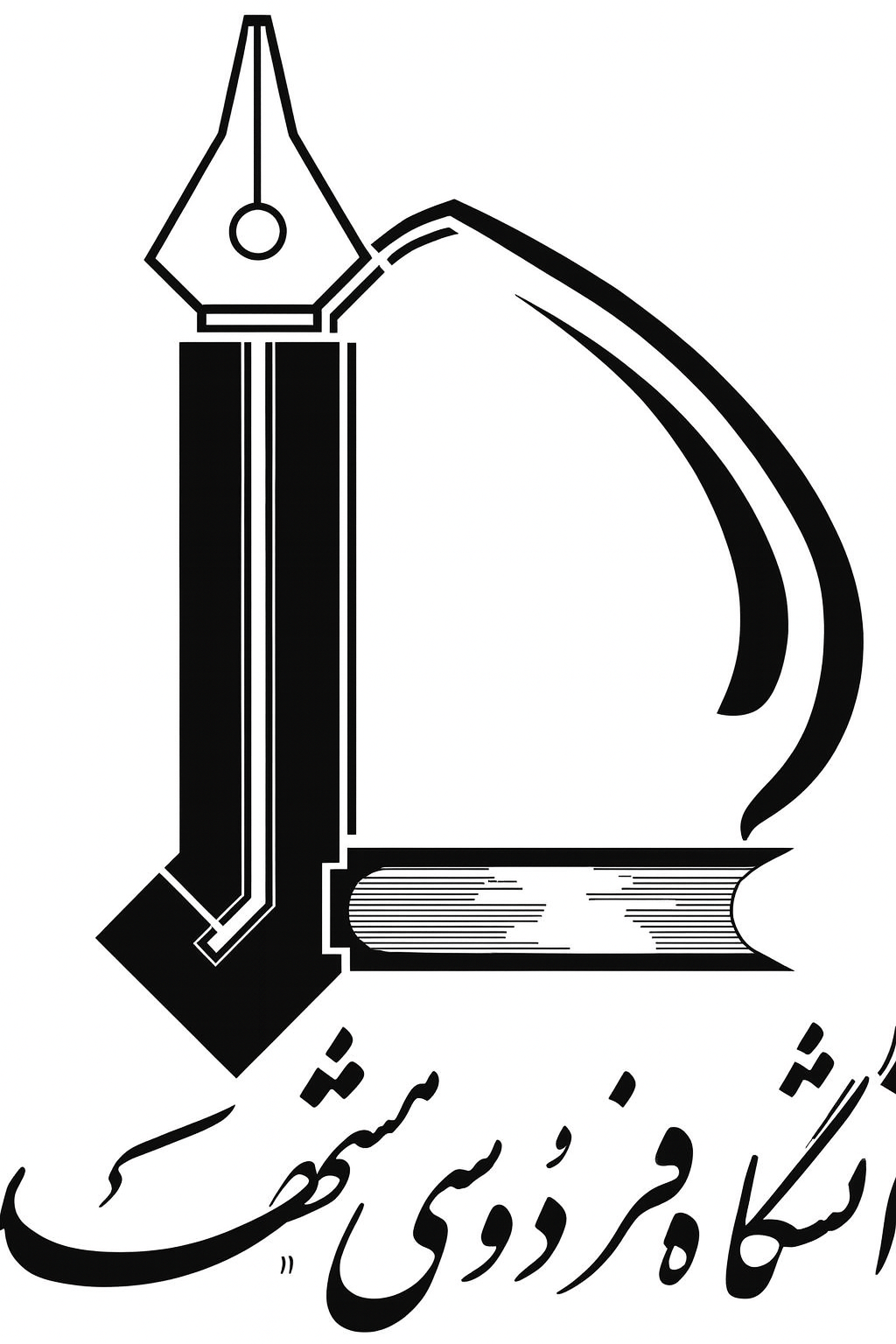Title : ( Alteration of myocardial structure and function in RAF1-associated Noonan syndrome: Insights from cardiac disease modeling based on patient-derived iPSCs )
Authors: Saeideh Nakhaeirad , Farhad Bazgir , Julia Dahlmann , Alexandra Viktoria Busley , Marcel Buchholzer , Fereshteh Haghighi , Anne Schanzer , Andreas Hahn , Sebastian Kotter , Denny Schanze , Ruchika Anand , Florian Funk , Andrea Borchardt , Annette Vera Kronenbitter , Jurgen Scheller , Roland P. Piekorz , Andreas S. Reichert , Marianne Volleth , Matthew J. Wolf , Ion Cristian Cirstea , Bruce D. Gelb , Marco Tartaglia , Joachim Schmitt , Martina Kruger , ngo Kutschka , Lukas Cyganek , Martin Zenker , George Kensah , Mohammad R. Ahmadian ,Access to full-text not allowed by authors
Abstract
Noonan syndrome (NS), the most common among the RASopathies, is caused by germline variants in genes encoding components of the RAS-MAPK pathway. Distinct variants, including the recurrent Ser257Leu substitution in RAF1, are associated with severe hypertrophic cardiomyopathy (HCM). Here, we investigated the elusive mechanistic link between NS-associated RAF1S257L and HCM using three-dimensional cardiac bodies and bioartificial cardiac tissues generated from patient-derived induced pluripotent stem cells (iPSCs) harboring the pathogenic RAF1 c.770C>T missense change. We characterize the molecular, structural and functional consequences of aberrant RAF1 –associated signaling on the cardiac models. Ultrastructural assessment of the sarcomere revealed a shortening of the I-bands along the Z disc area in both iPSC-derived RAF1S257L cardiomyocytes, and myocardial tissue biopsies. The disease phenotype was partly reverted by using both MEK inhibition, and a gene-corrected isogenic RAF1L257S cell line. Collectively, our findings uncovered a direct link between a RASopathy gene variant and the abnormal sarcomere structure resulting in a cardiac dysfunction that remarkably recapitulates the human disease. These insights represent a basis to develop future targeted therapeutic approaches.
Keywords
, Cardiac bodies, hypertrophic cardiomyopathy, iPSC, MAPK pathway, Noonan syndrome, RAF kinase, RASopathy, sarcomere@article{paperid:1088798,
author = {Nakhaeirad, Saeideh and Farhad Bazgir and Julia Dahlmann and Alexandra Viktoria Busley and Marcel Buchholzer and Fereshteh Haghighi and Anne Schanzer and Andreas Hahn and Sebastian Kotter and Denny Schanze and Ruchika Anand and Florian Funk and Andrea Borchardt and Annette Vera Kronenbitter and Jurgen Scheller and Roland P. Piekorz and Andreas S. Reichert and Marianne Volleth and Matthew J. Wolf and Ion Cristian Cirstea and Bruce D. Gelb and Marco Tartaglia and Joachim Schmitt and Martina Kruger and Ngo Kutschka and Lukas Cyganek and Martin Zenker and George Kensah and Mohammad R. Ahmadian},
title = {Alteration of myocardial structure and function in RAF1-associated Noonan syndrome: Insights from cardiac disease modeling based on patient-derived iPSCs},
journal = {Cold Spring Harbor Laboratory},
year = {2022},
month = {January},
issn = {2692-8205},
keywords = {Cardiac bodies; hypertrophic cardiomyopathy; iPSC; MAPK pathway; Noonan syndrome; RAF kinase; RASopathy; sarcomere},
}
%0 Journal Article
%T Alteration of myocardial structure and function in RAF1-associated Noonan syndrome: Insights from cardiac disease modeling based on patient-derived iPSCs
%A Nakhaeirad, Saeideh
%A Farhad Bazgir
%A Julia Dahlmann
%A Alexandra Viktoria Busley
%A Marcel Buchholzer
%A Fereshteh Haghighi
%A Anne Schanzer
%A Andreas Hahn
%A Sebastian Kotter
%A Denny Schanze
%A Ruchika Anand
%A Florian Funk
%A Andrea Borchardt
%A Annette Vera Kronenbitter
%A Jurgen Scheller
%A Roland P. Piekorz
%A Andreas S. Reichert
%A Marianne Volleth
%A Matthew J. Wolf
%A Ion Cristian Cirstea
%A Bruce D. Gelb
%A Marco Tartaglia
%A Joachim Schmitt
%A Martina Kruger
%A Ngo Kutschka
%A Lukas Cyganek
%A Martin Zenker
%A George Kensah
%A Mohammad R. Ahmadian
%J Cold Spring Harbor Laboratory
%@ 2692-8205
%D 2022

 دانلود فایل برای اعضای دانشگاه
دانلود فایل برای اعضای دانشگاه
